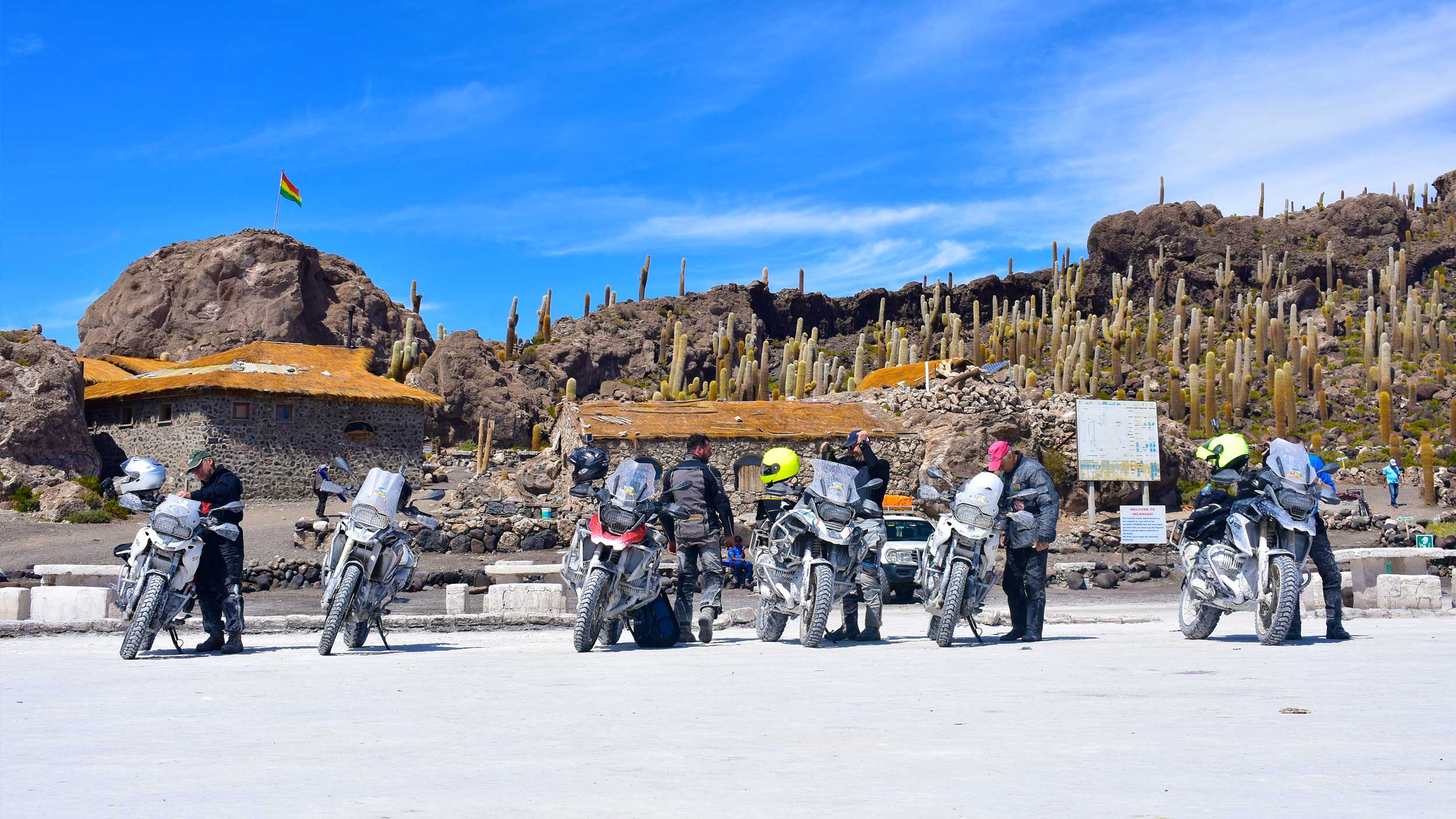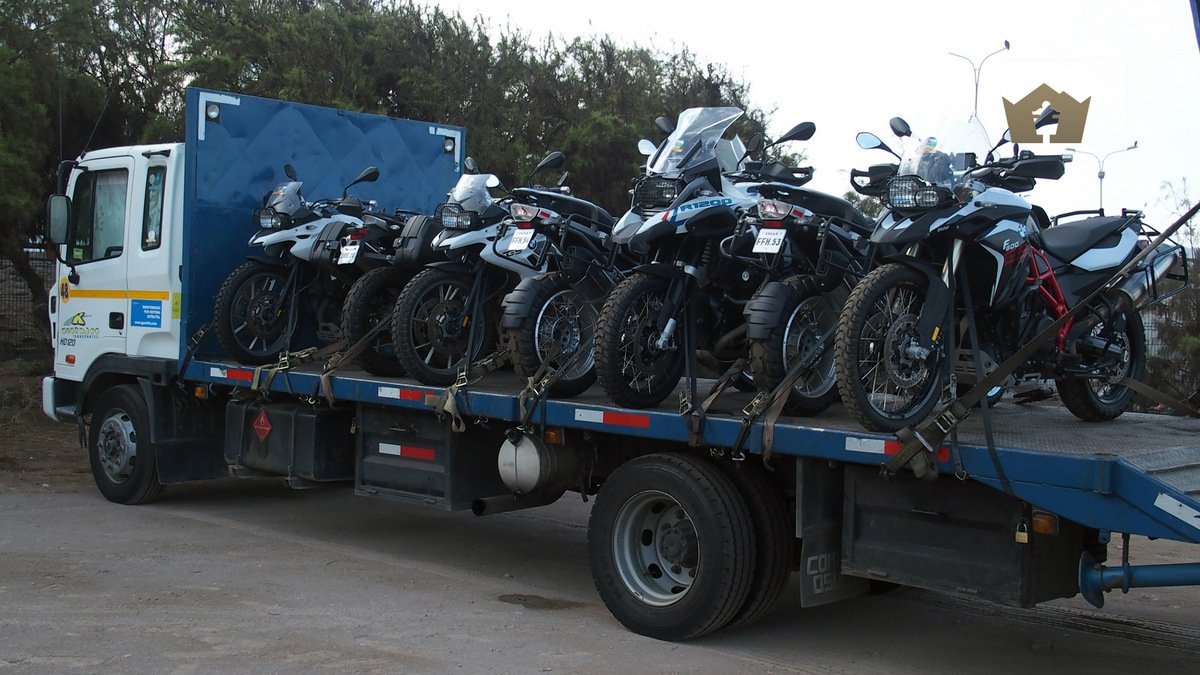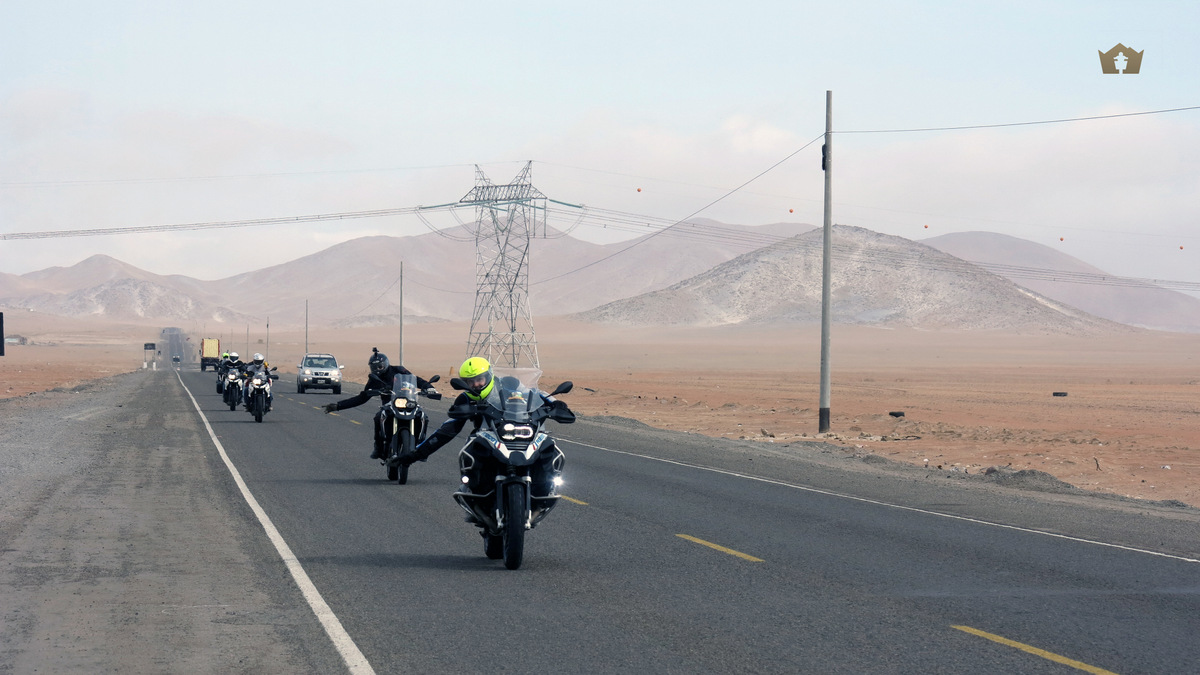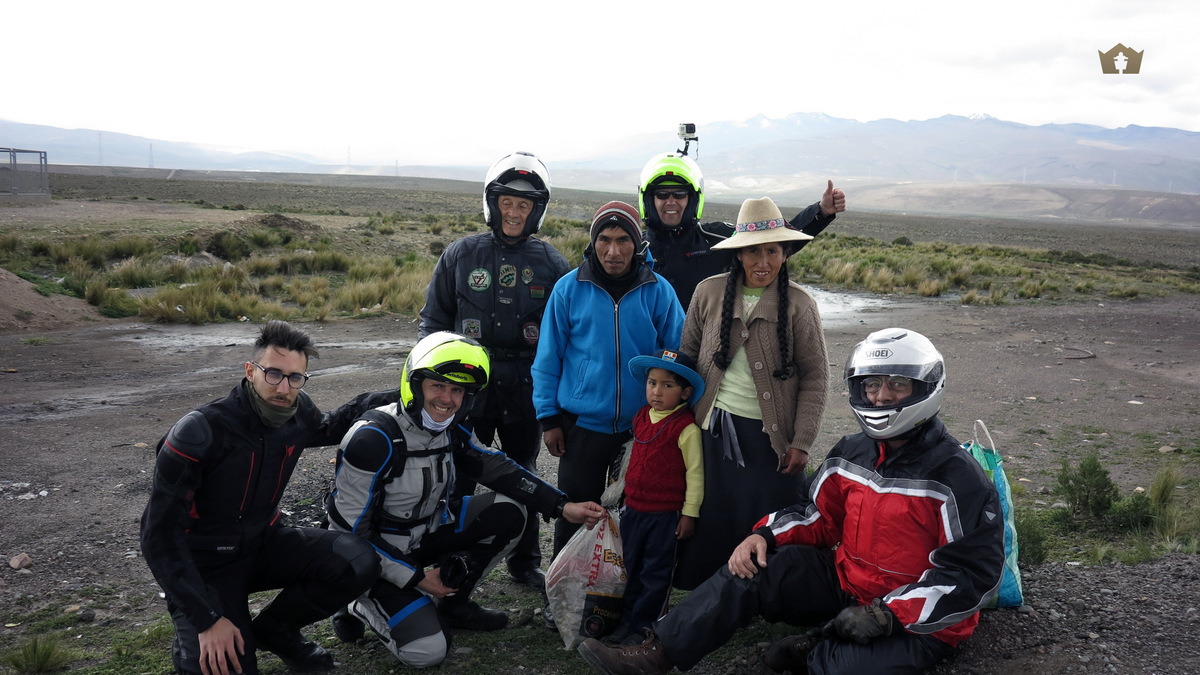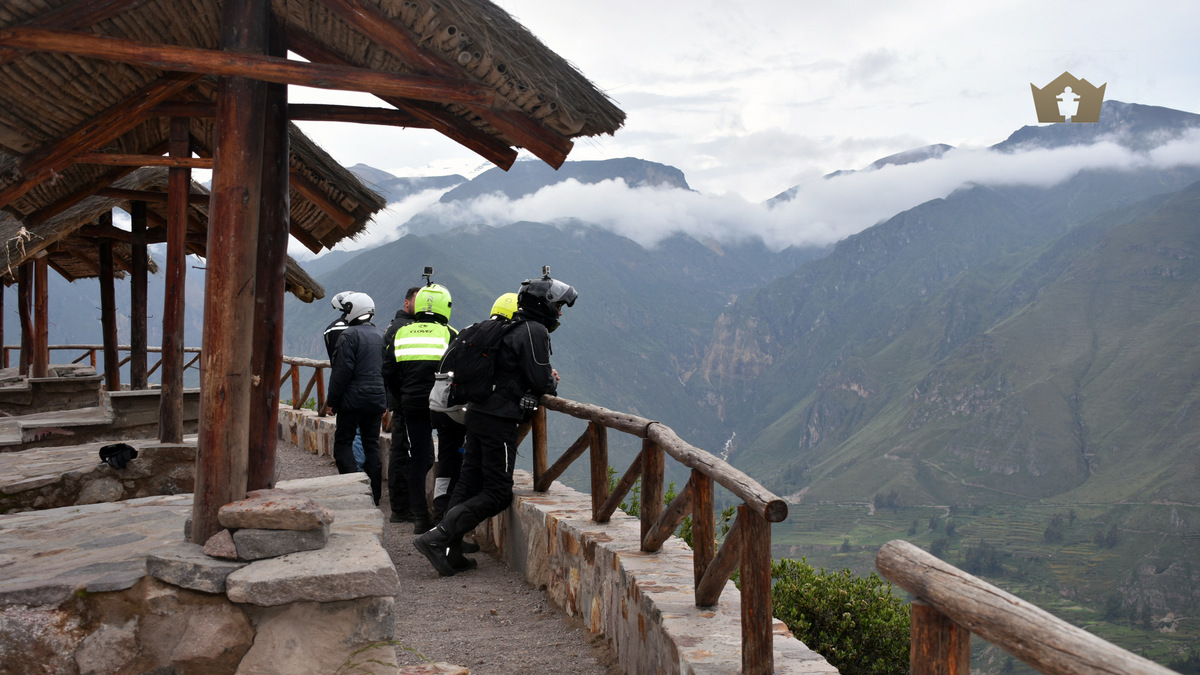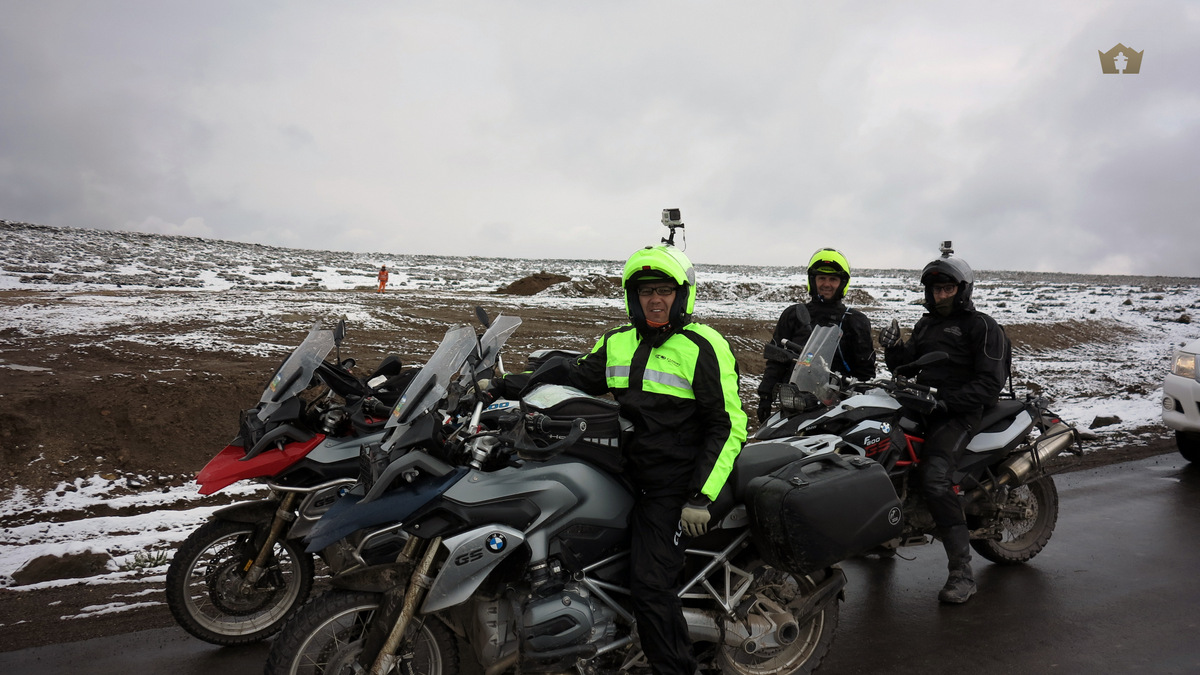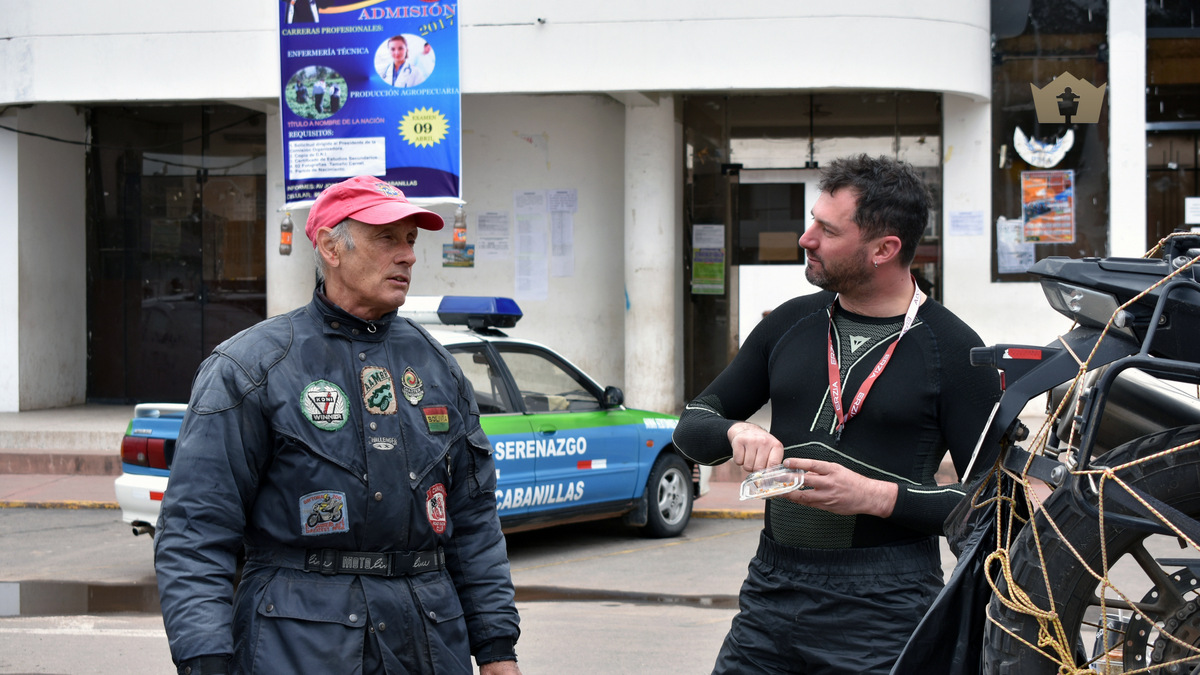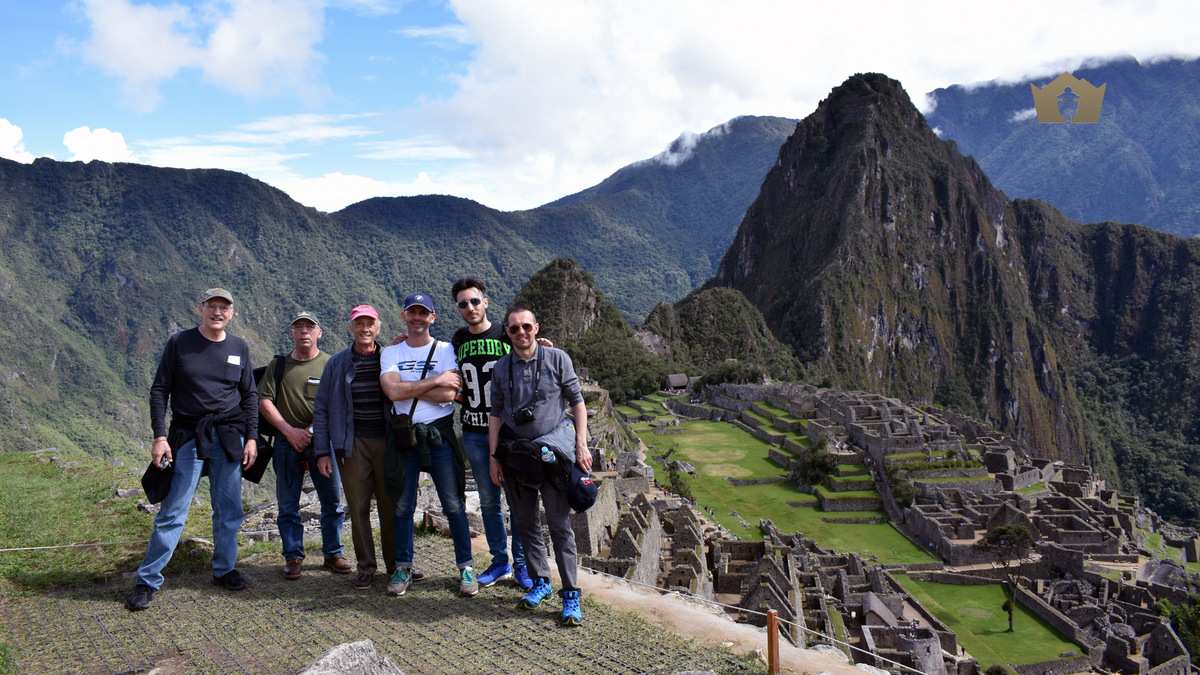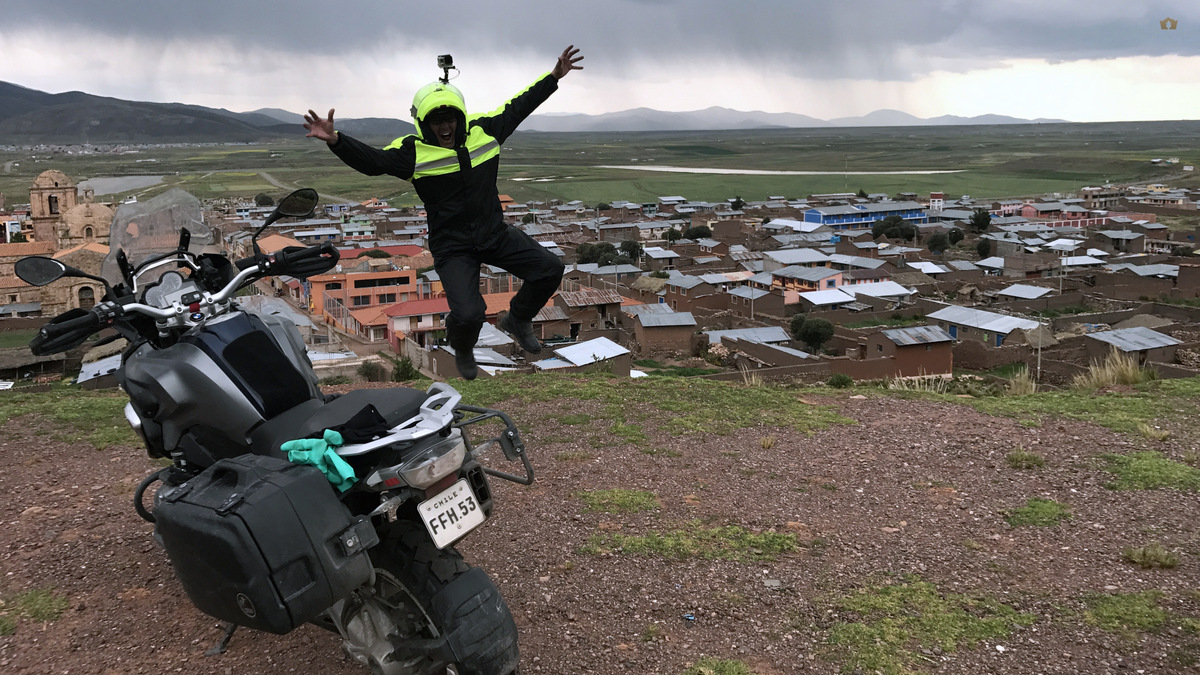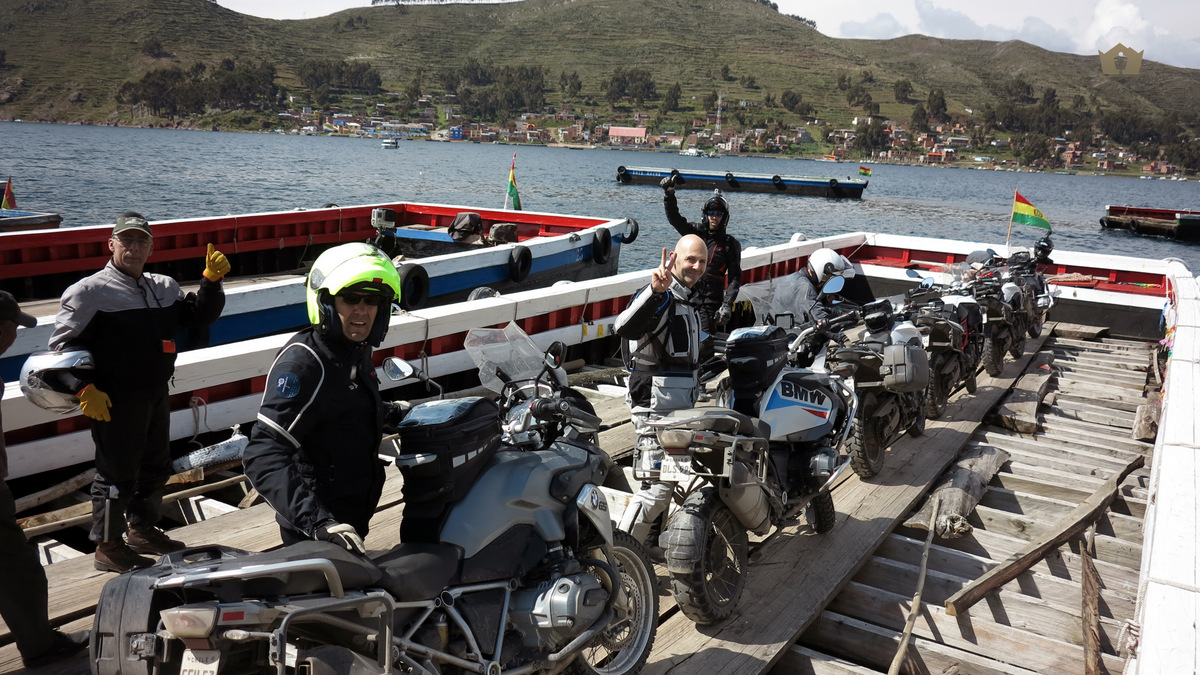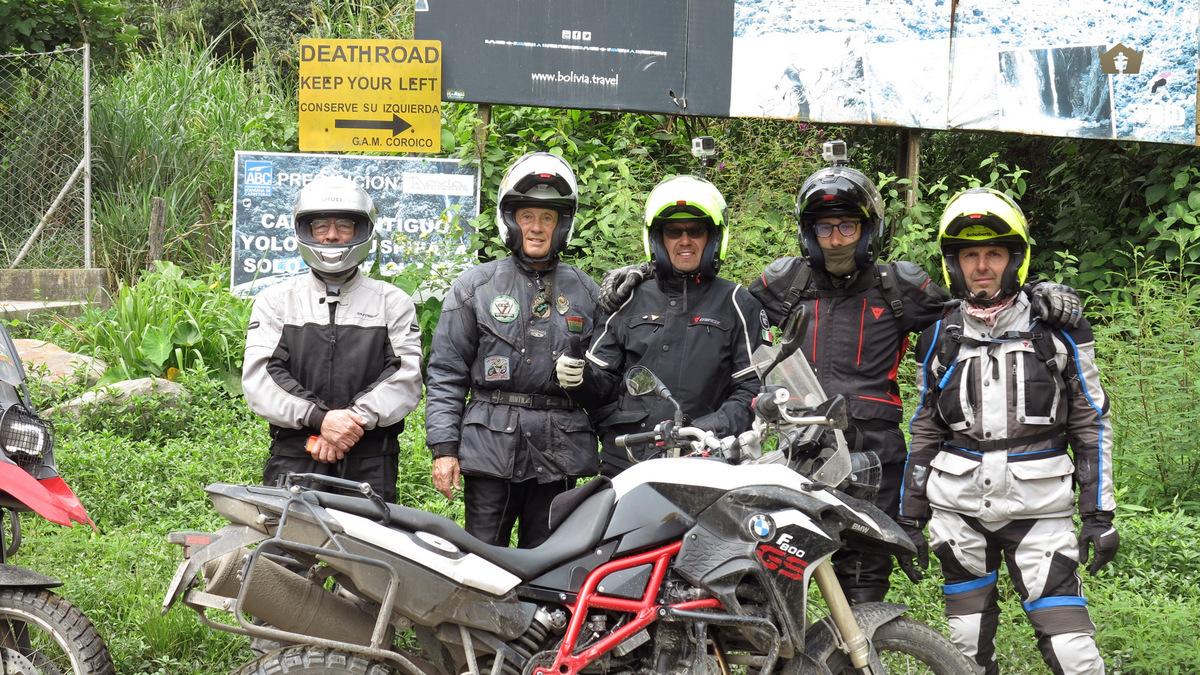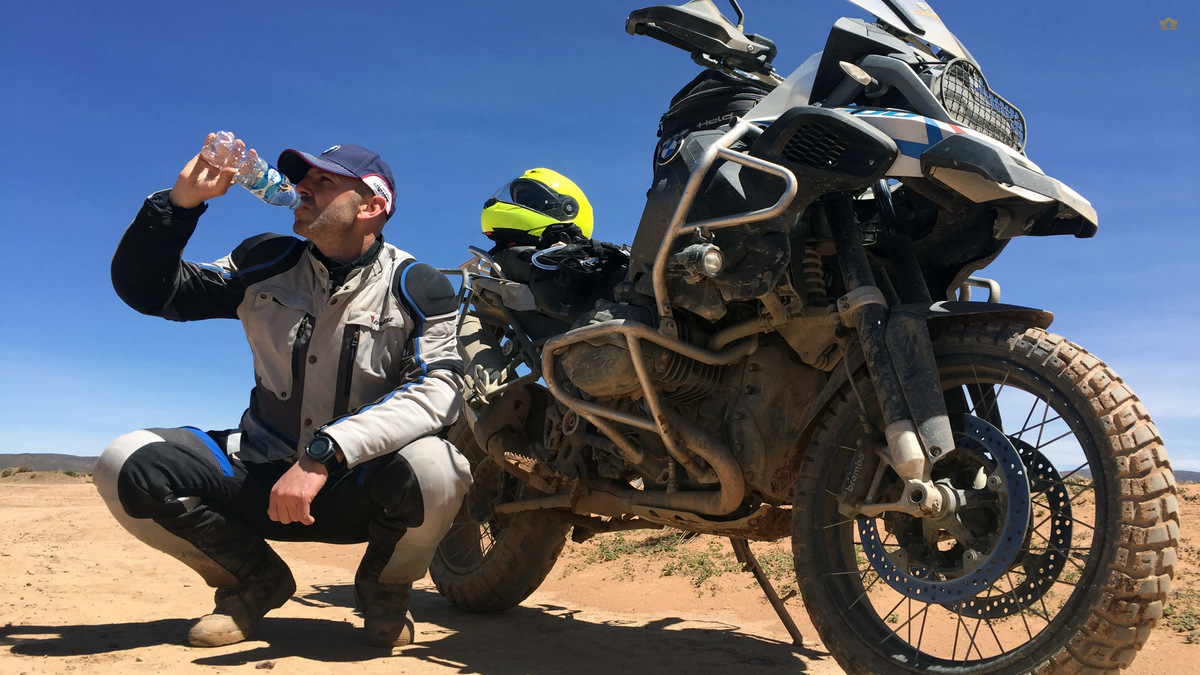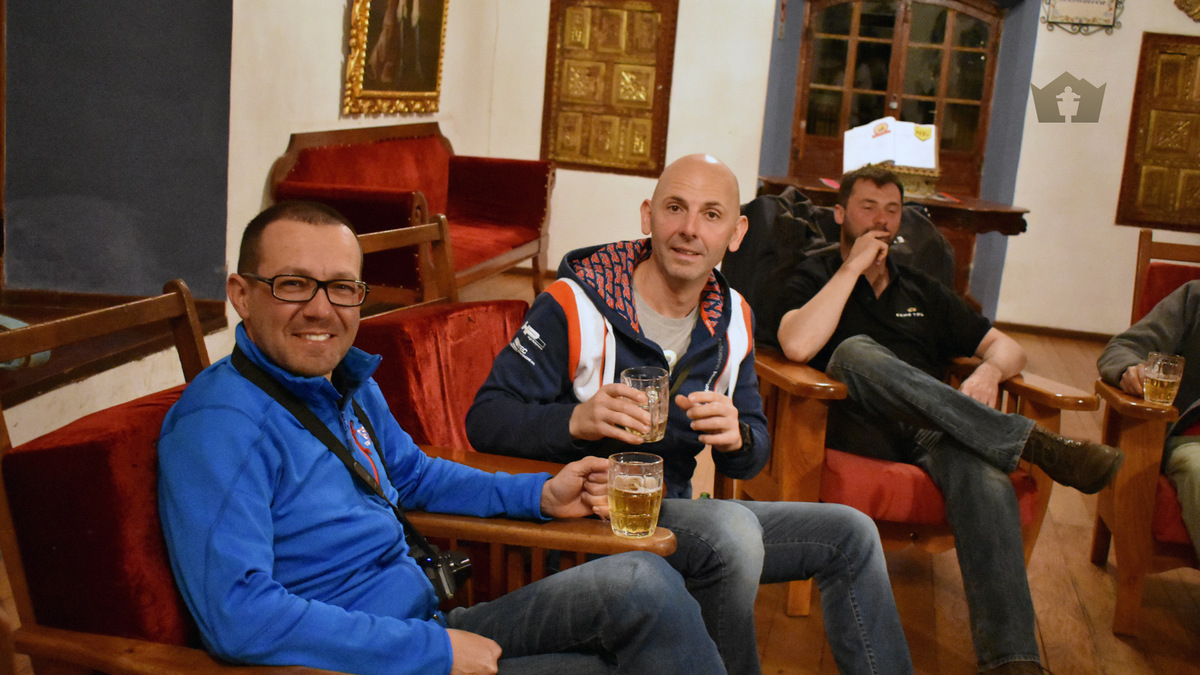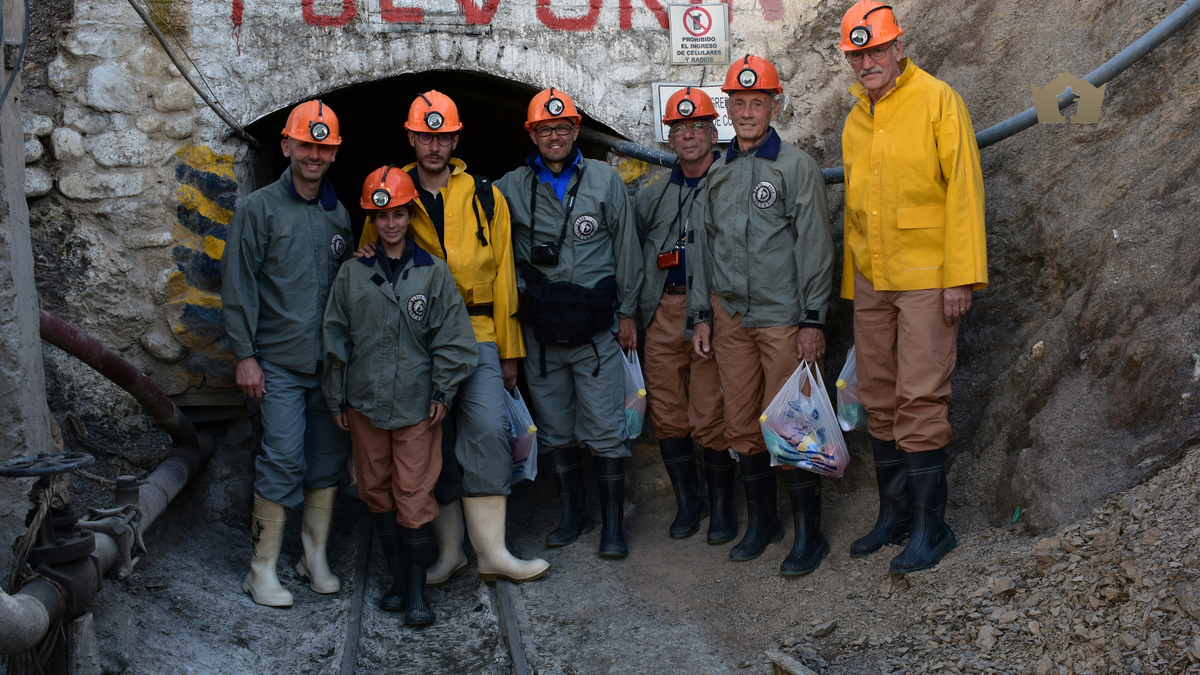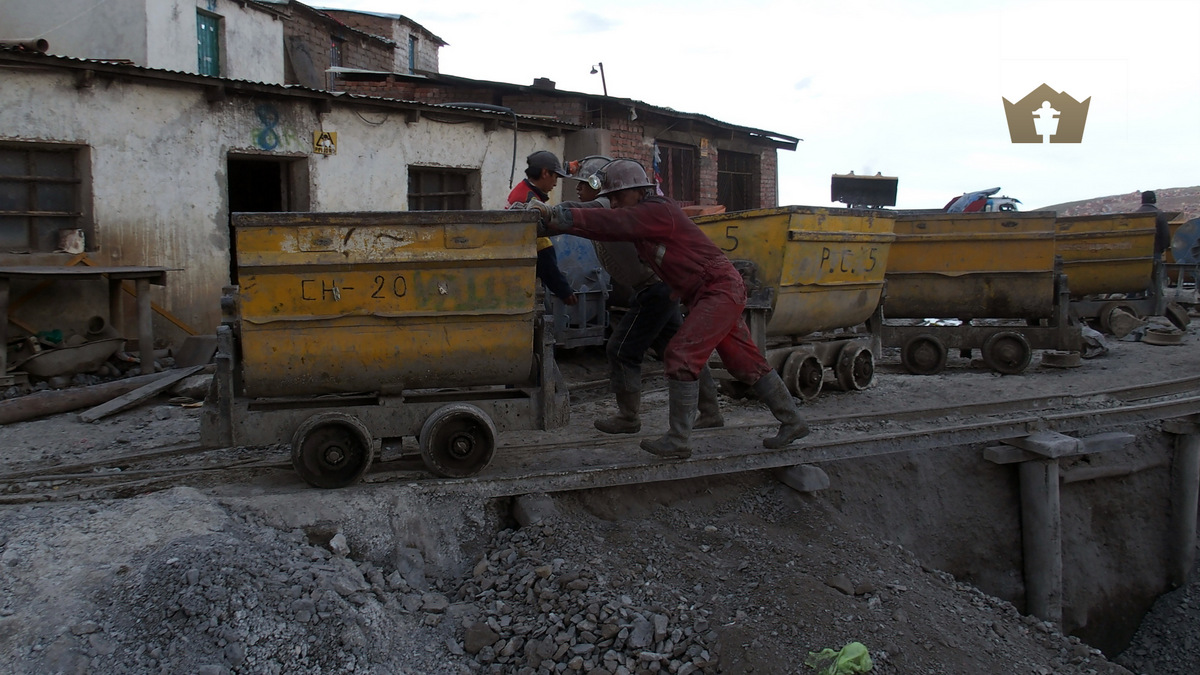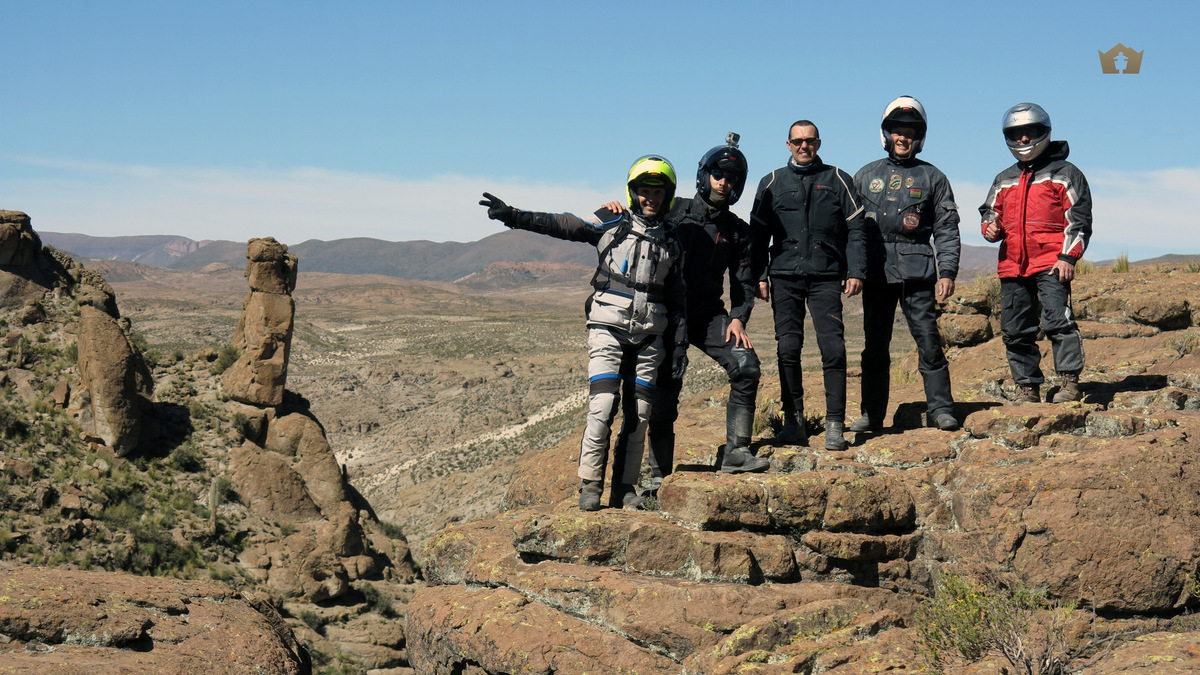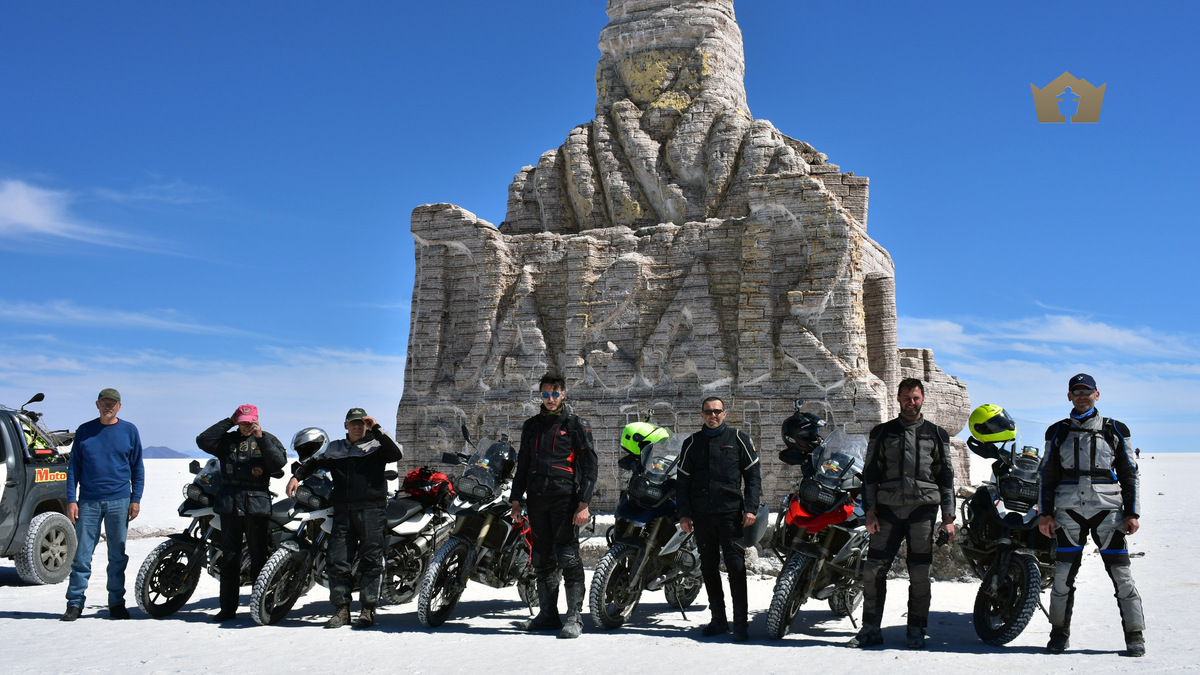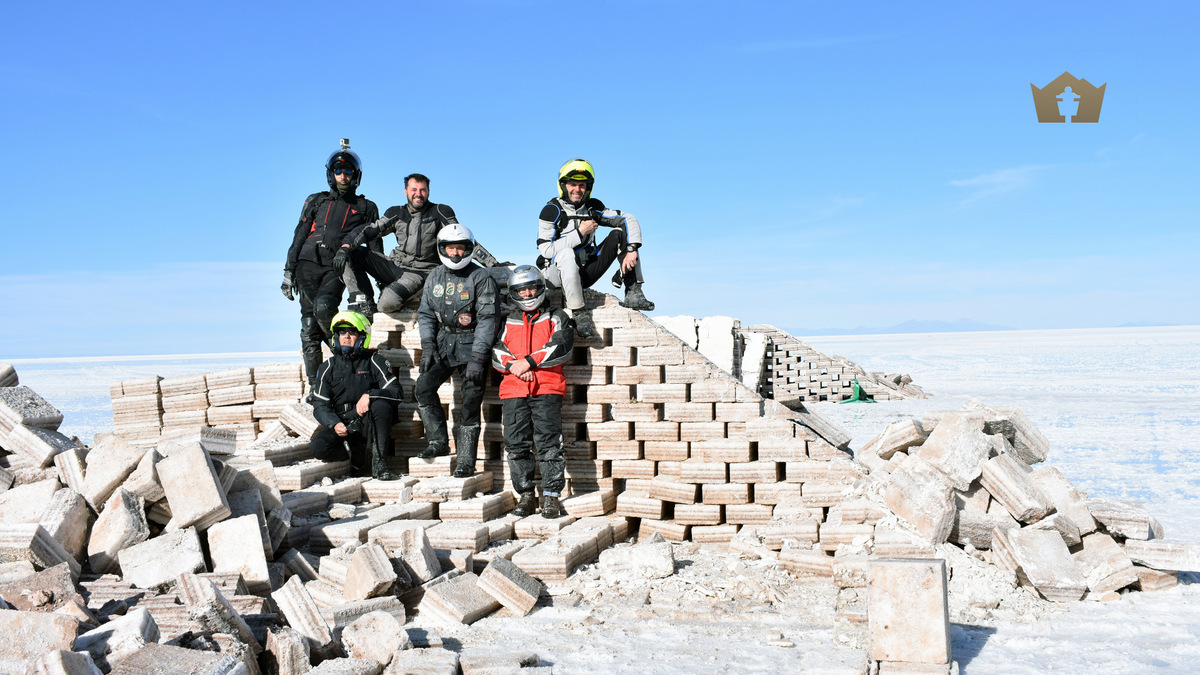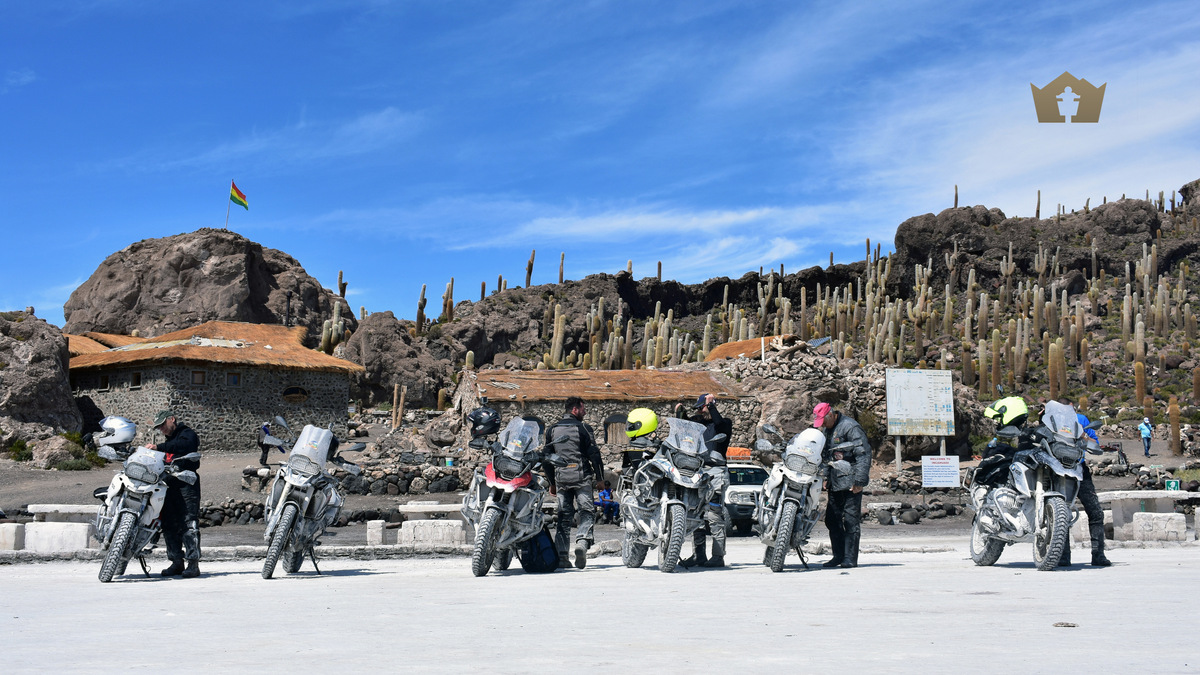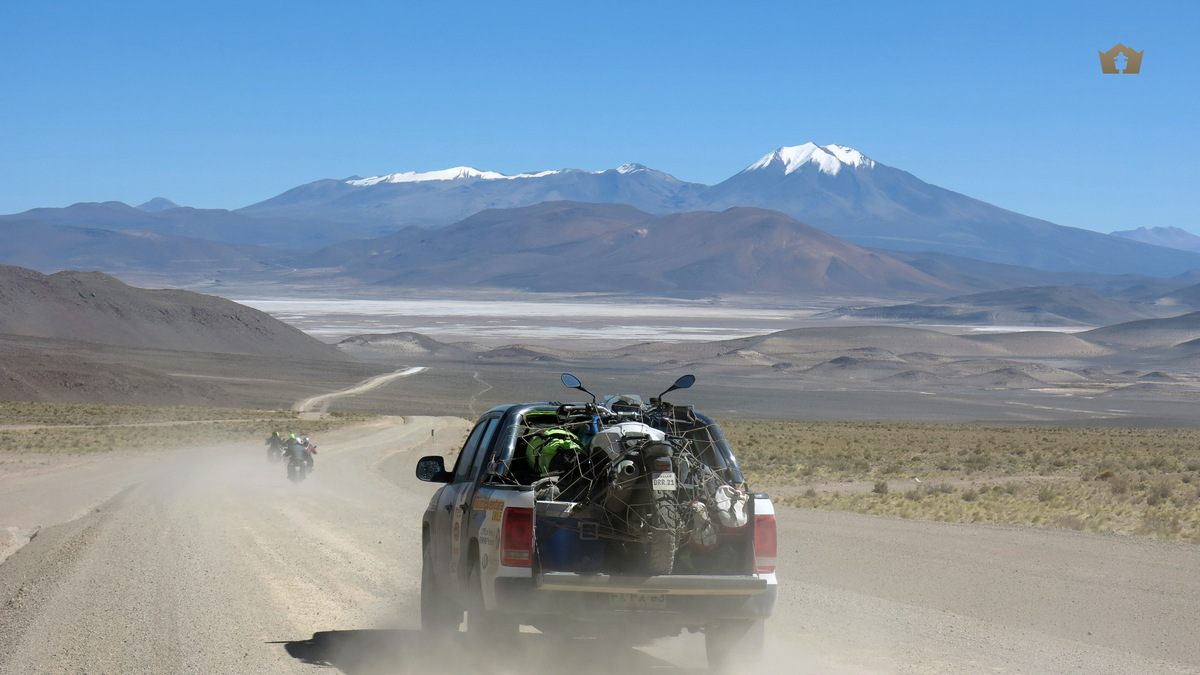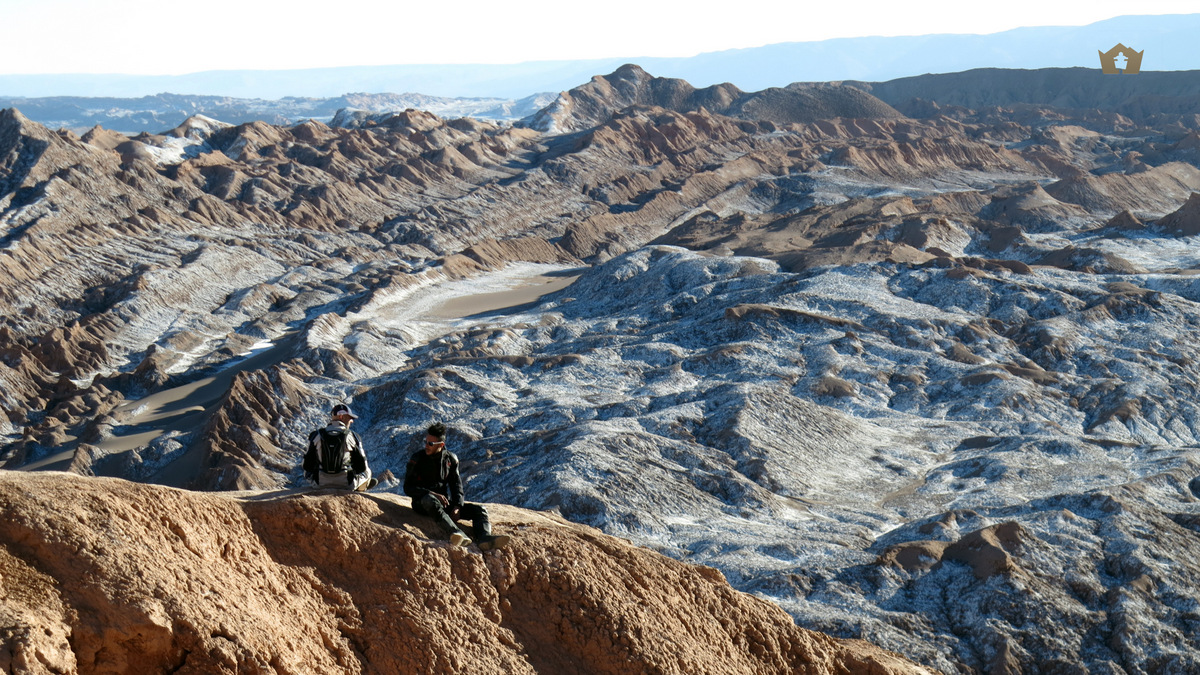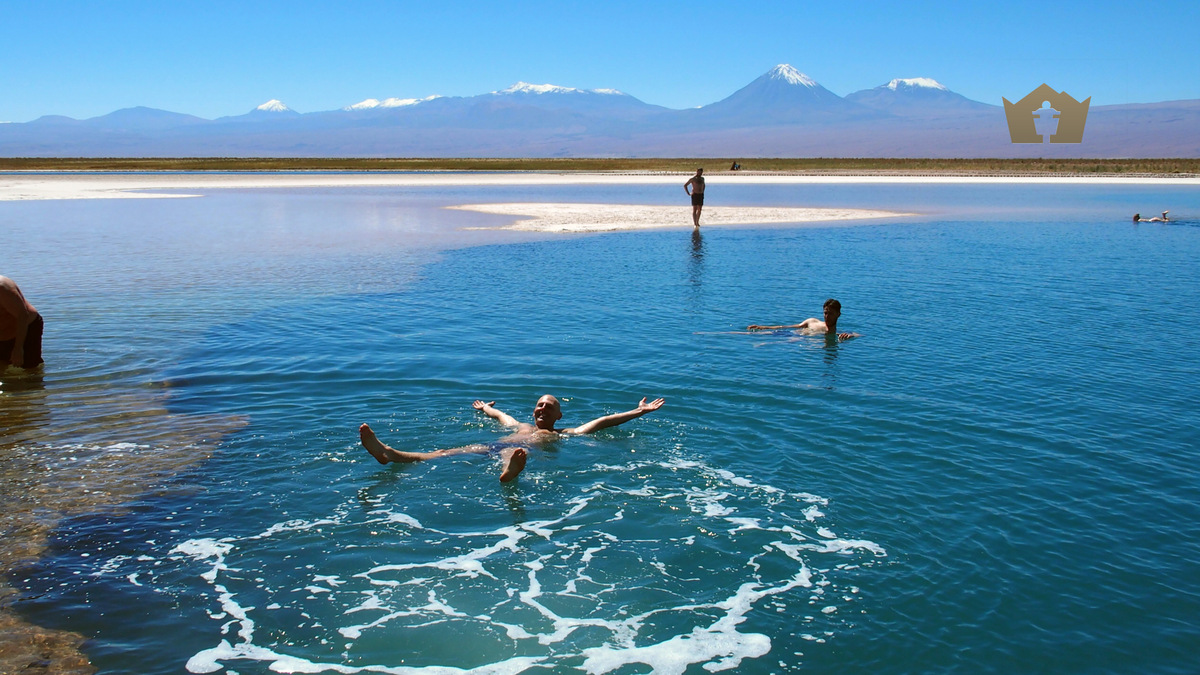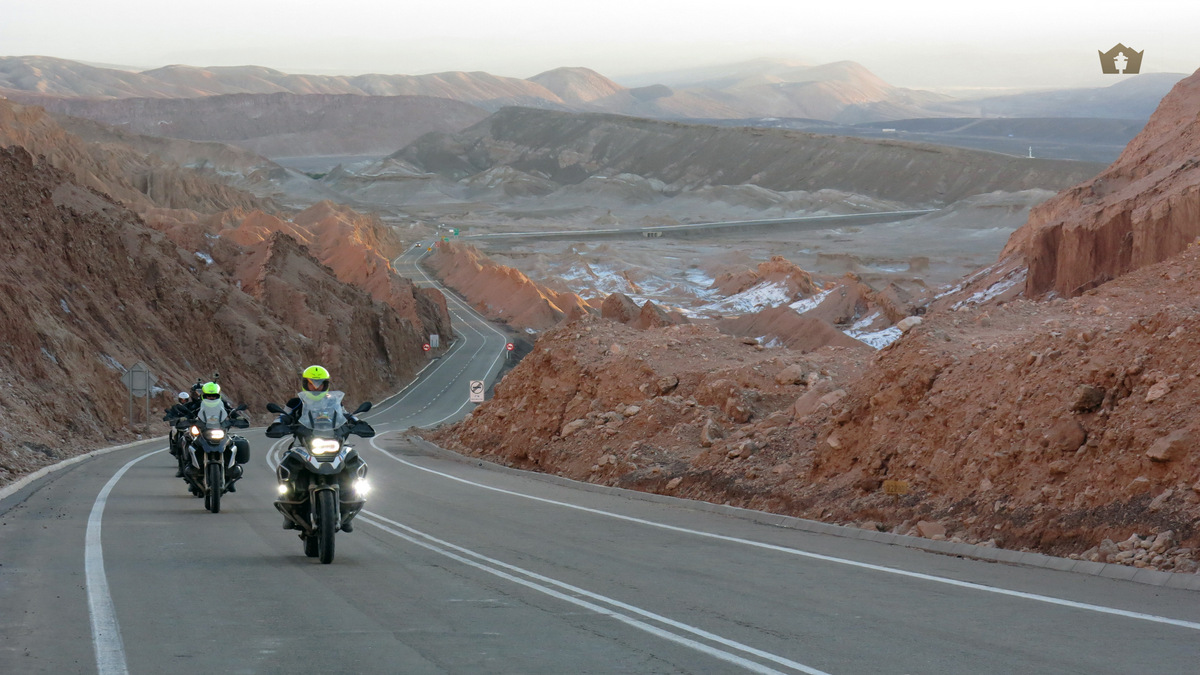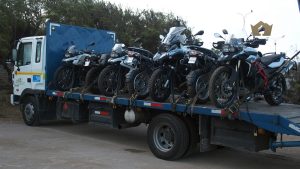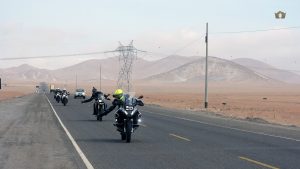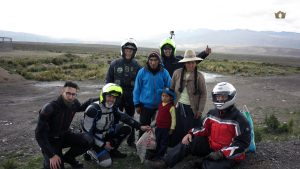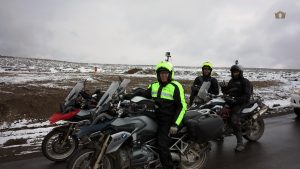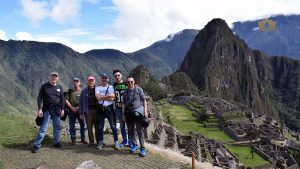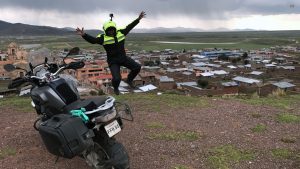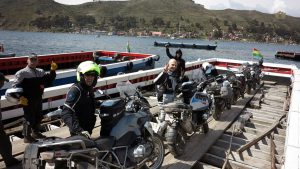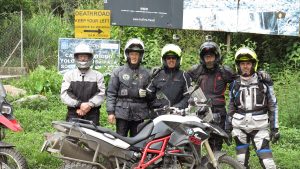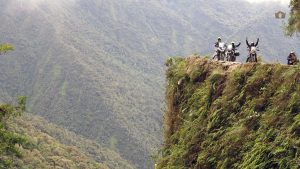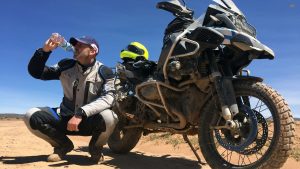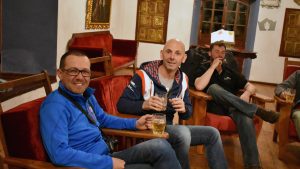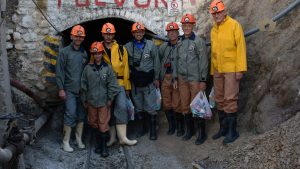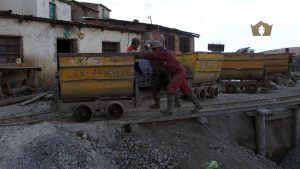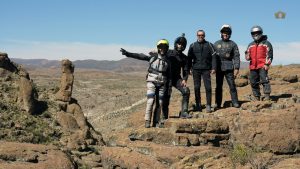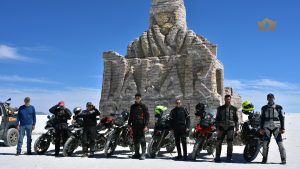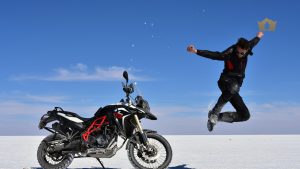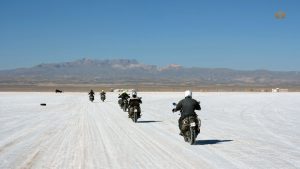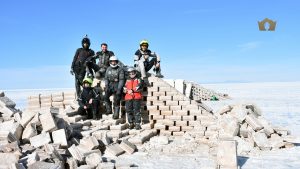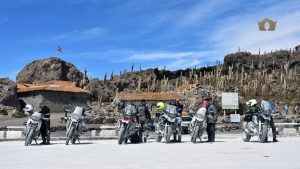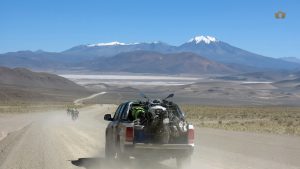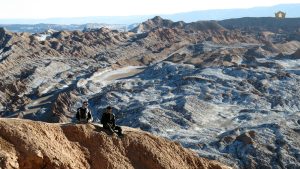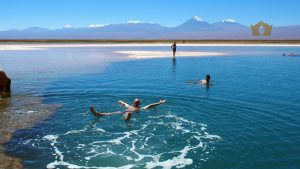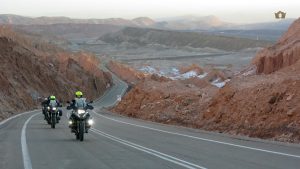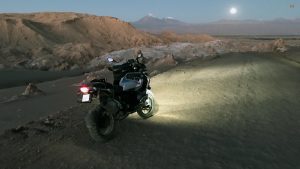Ride True ADV, having ended the season in Patagonia and Tierra del Fuego, opened the new season on the Peruvian and Bolivian plateau by leading a group of 6 enthusiasts to conquer the highest peaks of the Andes, the Atacama Desert, the Sacred Valley of the Incas, Lake Titicaca and the salt flats of Uyuni. The group consisted of Doug, Bruce and Craig from the USA and Alberto, Riccardo and Davide from Italy, in the saddles respectively of three F700GS, an R1200GS LC, an F800GS and an R1200GS LC Adventure. Guiding the group in the magical experience that took us from 0 to 4.900 meters above sea level (16076 feet) was Gionata on an R1200GS LC, and Milena in the support vehicle.
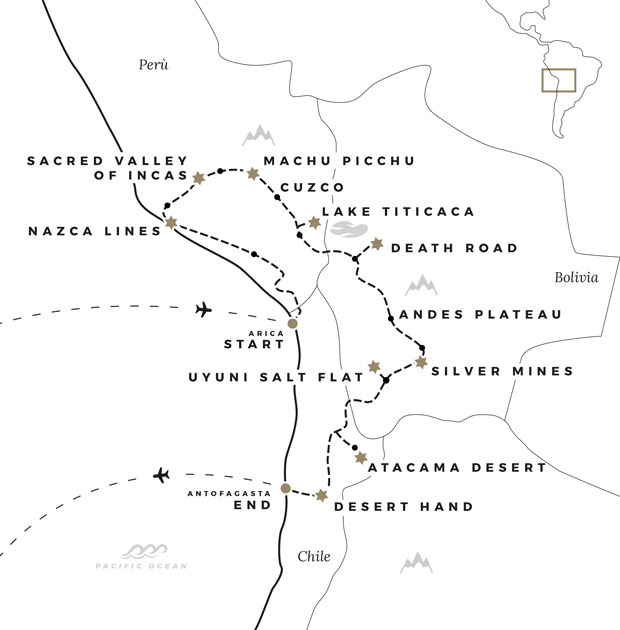
Certain to have ahead of us a large number of surprises, breath-taking sights and some of the best roads in the world to ride on a motorbike, we began our adventure with a pisco sour aperitif and a welcoming dinner on the Pacific Ocean coast, where the Arica Hotel was situated. Among those present, Alberto had already shared one of Exmo’s most wonderful tours: Patagonia and Tierra del Fuego for 16 days, including New Year’s Eve. The unpaved kilometres of Ruta40 and the strong winds of the Argentinian steppes had motivated him to return to South America to add the dunes and the unpaved surfaces of the camino de la muerte (death road) to his experiences.
After our departure, characterised by the ocean breeze, we reached the border with Peru, where we underwent the usual customs procedures, but a couple of hours later our journey continued through the first Peruvian town of Tacna and then threw us before we knew it into southern Peru’s Atacama Desert. The temperature rose quickly to 32°C (89 °F) and after a fuel stop at Moquegua, a coffee in front of the dunes and a lunch served on one of the road’s viewpoints, we continued along the straight lines cut in the desert and through the bends of the rocky hills that came between us and our destination of Arequipa. To mark the occasion Ride True ADV had booked us into the best hotel of the city, placed in the Plaza de Armas and a short walk from Arequipa Cathedral which rises imposingly above the roofs of the quarter. From this prime location the group explored the centre, enjoying a dinner based on quinoa and the excellent local wines, served in one of the best restaurants.
After setting off early, we climbed the bends of the Andes to 3,500 meters (11,480 feet) and more above sea level, enjoying the sights of the plateau’s meadows, the vicuñas grazing and the vastness of the spaces surrounding us. But then our progress suffered an unexpected delay: one of the F700GSs lost control on a bend and ended up on the ground. Because the radiator was damaged, the motorbike was taken off in the pick-up while the rider, with some bruising to the hand and chest, had to continue his journey on board the support vehicle. The group continued towards Chivay, looking forward to visiting the stunning Colca Canyon, but to get there we had first to conquer, 4,900 meters above sea level (16,070 feet), the Paso de Patapampa, marked by its snowy peaks and temperatures which sank to 5°C (41°F). The tunnels and sight of the canyon rekindled the group’s enthusiasm and we reached the hotel at sunset, where we were met by coca-leaf tea, hot showers and dinner.
Repair work for reopening the road to Sicuani following landslides had not yet been completed and to reach today’s destination we needed to take an alternative route, which, although very beautiful and perfectly asphalted, increased our distance by 200 km (124 miles). This did not discourage the group, who set off early and ate up the kilometres at high speed, enjoying the views and the many bends of this area of the Peruvian plateau. After a coffee stop in the piazza of a small Quechua town, the bikers crossed Juliaca (defying the chaotic traffic of this singular city) and set off at a good pace towards Urubamba, which takes its name from the river that waters the valley. The day had been very long and the group parked their motorbikes in the courtyard of one of the most exclusive hotels of the Valley of the Incas, before getting ready for dinner. The following day, to regain their energy and discover more of the history of this area, the group was taken by train to the ruins of Machu Picchu. A full breakfast was awaiting them on board the train as well as exhibitions with folk dancing.
From its height of 2,800 metres above sea level (7,970 feet), Machu Picchu is the third largest archaeological site in the world as well as being one of the Seven Wonders of the World and a UNESCO World Heritage Site. The history told by its ruins made this day into a remarkable experience that the group will never forget. The private guide whom Ride True ADV had hired for the six motorcyclists took them for hours through the astonishing ruins, highlighting the historical importance of one of the most important dynasties of the continent, the Incas. After a buffet lunch prepared in the small town of Aguas Calientes, the group was free to discover the craft shops before returning to the hotel in the late afternoon.
On the following day the group reached Puno to spend a night on the banks of Lake Titicaca, benefiting from a unique view of this enormous stretch of water and enjoying a dinner based on Cuy (the little native Indian pig). The motorbikes and support vehicle set off again following the shores of Lake Titicaca on a splendid sunny day. These multi-coloured kilometres and the sight of the peninsula of Capocabana awarded us a perfect postcard view. After a long stop at the border we entered Bolivia and the adrenaline rose as the group loaded the motorbikes onto the enormous wooden rafts on which we crossed the majestic Lake Titicaca.
The sun stayed with us as far as the chaotic El Alto and its numerous route deviations. The group then reached the city centre of La Paz, a city where even our GPS had difficulty finding their way through, due to the puzzling intertwining of small lanes and streets. After reaching the state highway that leads towards the Yungas and refilling the tanks, the group dived in between the high rocky walls through which the state highways winds down to the Bolivian jungle. Defying the darkness of the night, the mist, the rain and an endless series of bends, they arrived at Coroico, although the support vehicle, held up by La Paz traffic and strict agro-food control checks, only reached us some hours later. The group was in high good humour. Today’s stage had been very adventurous and certainly unforgettable!
A few kilometres from the hotel the Camino de la Muerte (Death Road) began, a world-renowned 40 km (24 mile) stretch of unpaved road open to traffic and guaranteed to generate strong emotions in anyone travelling over it by motorbike. After two hours of pure adrenaline, waterfalls, fords, photographs, videos, and stops on the viewpoints of this iconic road embedded in the Andean jungle, the motorbikes rejoined the support vehicle (waiting for them on the asphalt road) to return again to La Paz. Staying in an historic boutique hotel in the centre, the group granted themselves a well-earned rest in exploring the centre of this chaotic city, regarded as the highest city in the world as well as one of the Seven City Wonders of the planet.
The more than 550 km (340 miles) that lay between us and Potosì were to be made easier by the fast-flowing state highway, but having reached Oruro the group was delayed by a series of non-violent protests and demonstrations that the national body of teachers were holding along the main street, actually making traffic impossible with lines of stones and barriers. The lorry drivers, unsympathetic to the protesters, had avoided the roadblocks, opening up ways through the prairies that surround the state highway. This also allowed our motorbikes and support vehicle to bypass swiftly the demonstrations and regain the time lost within a few kilometres. Our arrival at Potosì was preceded by 100 km (62 miles) of the finest stretch of asphalt we had yet crossed, complemented by the wonderful bends of the Cordillera di Frailes, characterised by their orange-ochre colour. At the end of these thrilling final kilometres the group was led to the heart of the valley and housed between the walls of an authentic hacienda of 1556, which is the custodian of trappings of the horsemanship of the period, pre-Columbus ceramics and a unique collection of books. To mark the occasion Ride True ADV had organised a dinner served on sixteenth-century tables and chairs.
For our second rest day the group visited the hacienda’s museum and the present-day work of the valley, which includes a hydro-electric centre and a dairy farm, but in the afternoon the motorcyclists were taken to the world-famous silver mine of Potosì. Armed with protective clothing, helmets and torches, the group experienced for themselves the harsh reality of a miner’s life. After the ritual of thanking the Pachamama (mother earth), to whom they offered coca leaves, tobacco and alcohol, the miners told of their history and demonstrated their work routines inside the mine from which they gained their living.
Fresh from two splendid days at Potosì, the group was ready for the long-awaited salt flats of Uyuni, a destination reached after 220 stunning kilometres (135 miles) of canyon, perfectly asphalted bends and total absence of any other traffic. Thrilled by the rapid successive twists in the road, the travellers celebrated their arrival at the largest salt flat in the world by a photograph in front of the salt totem sculpture dedicated to the Dakar rally. The following day we had a second day in which we moved more deeply into the flats to the Isla Incahuasi, an island inhabited by the Inca and situated right in the centre of this immense surface of salt. After two days on the salt flats and two nights passed in a four-star hotel built entirely from blocks of salt, the group was ready to leave for Bolivia.
To make the 550 km (340 miles – including 250 km of unpaved surface) between us and San Pedro de Atacama easier, Ride True ADV arranged departure at dawn. This would allow the group to face the unpaved surface and the long customs formalities expected. After a strenuous morning off-road crossing the salt and the intense red rocky outcrops, we bade farewell to Bolivia from the border at Avaroa and made our entry into Chile. We reached our hotel in San Pedro in good time and rewarded ourselves with a good dinner in the centre of this characteristic city.
The rest day envisaged in the capital of the driest desert in the world coincided with Davide’s 40th birthday. To mark the occasion Ride True ADV had organised a tour of the Cejar lagoon and the Valley of the Moon followed by dinner in the city’s most exclusive restaurant, where the groups raised their glasses in Davide’s honour.
We left the Atacama Desert heading for the Pacific coast, making our first stop by the famous Hand in the Desert and then celebrating the end of the journey by a farewell dinner with a view of the ocean. By dawn the group had already packed up the innumerable sensations and experiences lived through in the saddle, making these moments into a treasure to take home, the indelible memory of a magical and unforgettable journey.

